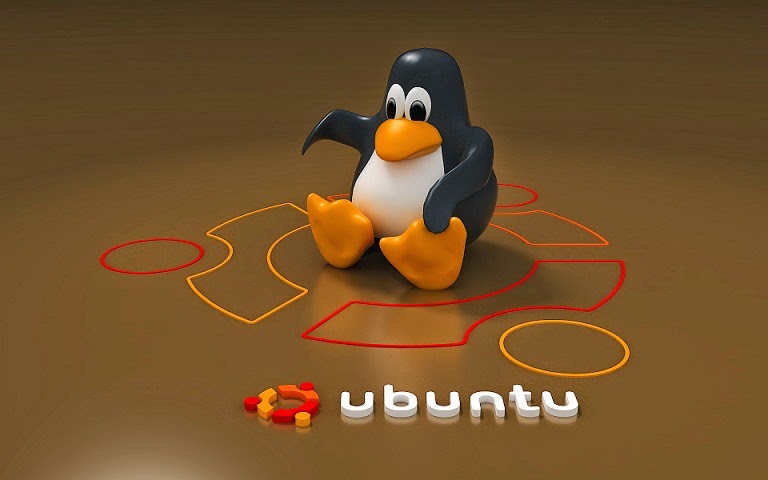- Get link
- X
- Other Apps
There are various flavors of Linux screenshot utilities, including desktop-specific screenshot programs (e.g., KSnapshot for KDE, gnome-screenshot for GNOME, Screenshooter for Xfce), or general screenshot utilities (e.g., Shutter). One of unique screenshot utilities is Scrot (short for "SCReen shOT"), which is a command-line screenshot utility. While its interface is minimalistic, Scrot is, feature-wise, as powerful as other dedicated GUI-based screen capture tools. For example, Scrot supports delayed screenshot, adjustable quality/size, command line pipelining, etc. If you are one of those command line junkies, Scrot is a useful tool to add to your arsenal. In this tutorial, I will describe how to take a screenshot from the command line with Scrot.
Install Scrot on Linux
To install Scrot on Debian, Ubuntu or Linux Mint:
$ sudo apt-get install scrot
To install Scrot on Fedora:
$ sudo yum install scrot
To install Scrot on CentOS, you can build it from its source as follows.
First enable Repoforge on CentOS, and use the following commands.
$ sudo yum install giblib-devel
$ wget http://linuxbrit.co.uk/downloads/scrot-0.8.tar.gz
$ tar xvfvz scrot-0.8.tar.gz
$ cd scrot-0.8
$ ./configure
$ make
$ sudo make install
$ wget http://linuxbrit.co.uk/downloads/scrot-0.8.tar.gz
$ tar xvfvz scrot-0.8.tar.gz
$ cd scrot-0.8
$ ./configure
$ make
$ sudo make install
Take Screenshots with Scrot
In the rest of the tutorial, I will describe how to use Scrot to take screenshots in various ways.
1. Take a screenshot of the entire desktop
Screen-capturing the entire desktop is easy. Simply run Scrot command without any argument, and it will save a screenshot of the entire desktop as a (date-stamped) .png file in the current directory.
$ scrot
You can also specify a destination folder and image file name.
$ scrot ~/Pictures/my_desktop.png
2. Take a screenshot of a particular window or a rectangular region
Scrot allows you to choose a specific window or define a rectangular region in your desktop to take a screenshot of. For that, use the following command.
$ scrot -s
After running this command, go ahead and click on any window or draw a rectangle with your mouse, which will trigger screen capture of the selected window/region.
Sometimes the chosen region or window may be partially blocked by other windows of the desktop. In that case, you need some time to clear the area before taking a shot. That is when "delayed" screenshot can help you, as described next.
3. Take a delayed screenshot
Delayed capture can be useful under various circumstances. Right before taking a shot, you may want to move windows around, activate a menu, or trigger a certain event (e.g., notification), etc. With "-d N" option, we can delay a screenshot process by N seconds.
$ scrot -s -d 5
4. Adjust quality of a screenshot
You can adjust the image quality of a screenshot in the range of 1 to 100 (the higher the better quality). Default quality is 75.
$ scrot -q 50
5. Adjust the size of a screenshot
You can adjust the size of a screenshot in the range of 1 to 100 (the higher the bigger). To reduce screenshot size to 10% of the original:
$ scrot -t 10
6. Pipeline a captured screenshot to another command
Scrot allows you to send a saved screenshot image to any arbitrary command as an input. This option can be useful when you want to do any post-processing on a screenshot image. The filename/path of a screenshot is stored as "$f" string.
$ scrot -e 'mv $f ~/screenshots'

Comments